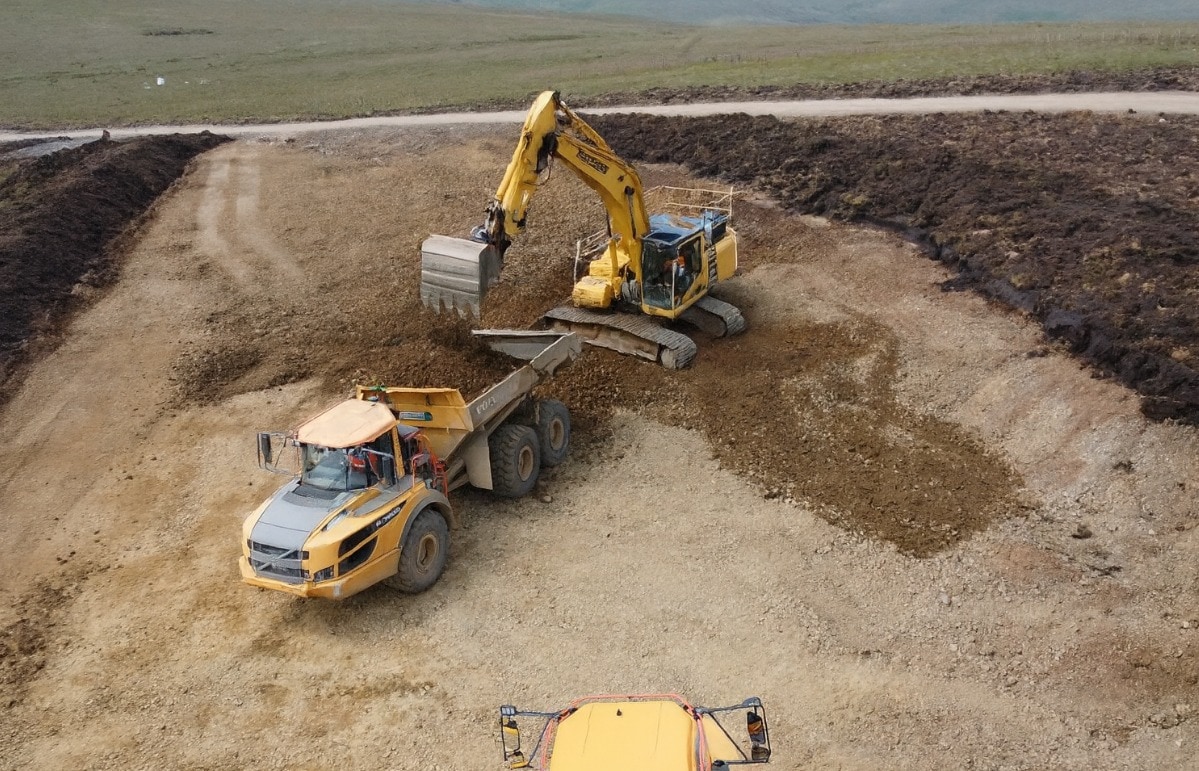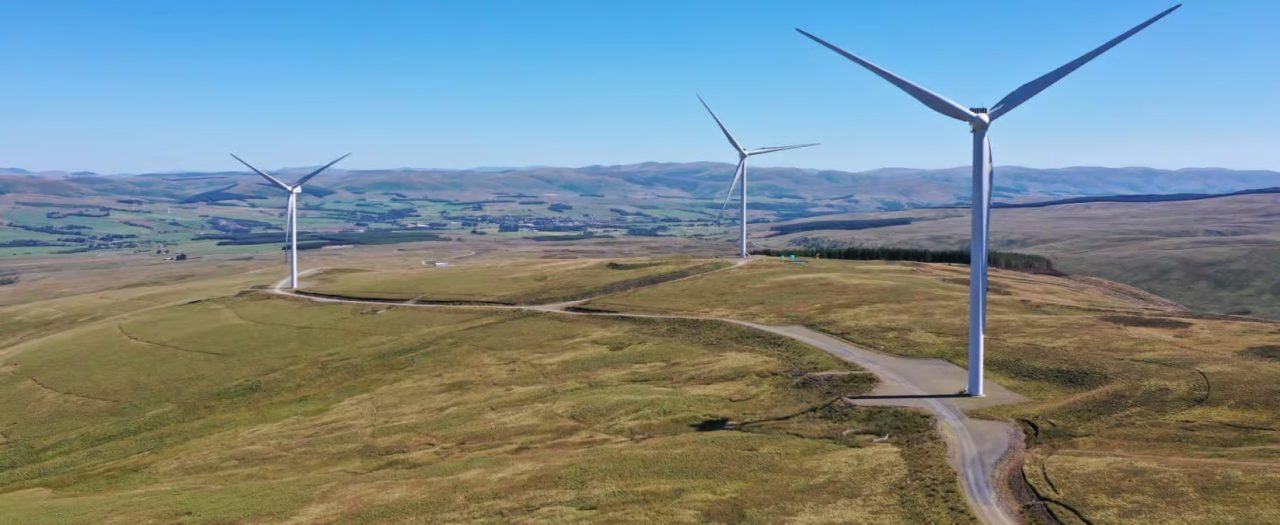Construction work has begun on a “landmark” wind farm in the south of Scotland that will generate enough electricity to power about 335,000 homes.
The Sanquhar II Community Wind Farm will become the UK’s fourth largest onshore wind farm when it becomes operational in August 2026, according to developers CWP Energy.
The 44-turbine farm, which is being built in Dumfries and Galloway and East Ayrshire, is set to deliver more than £800 million in local investment over its 40-year operational life.
It is also set to generate hundreds of jobs during the building phase, with the company saying “almost 50%” of the workforce will be sourced locally.
The development was paused in 2023 over “tax decisions” by the previous UK Government, but the company said it was made possible last month by the current UK Government dropping its plans for “zonal energy pricing”.
Rod Wood, director of CWP Energy, said: “Onshore wind is one of the cheapest forms of home-grown electricity, delivering consumers and businesses excellent value for money.
“We’re delighted that after nearly 10 years of careful planning, ground has been broken and the construction of Sanquhar II is now under way.
“The project brings with it an investment of an immediate £400 million into the Scottish economy, creating long-term jobs, and paying local authority rates, taxes and community benefits.
“We’re grateful to the Scottish Government for backing Sanquhar II and to the UK Government for creating confidence in the renewables sector.”
 PA Media
PA MediaJames Ian Robinson, senior sales director UK & Ireland at Vestas, which is providing the project’s EnVentus platforms and V162 turbines, described it as an “important step” towards greater UK energy security.
“Construction is now under way on what will become the UK’s fourth largest onshore wind project, and we’re honoured to contribute to this landmark development.
“Sanquhar II marks another important step toward greater energy security through home-grown power generation in the UK.
“We thank CWP Energy for their trust, having placed the order in Q1 this year, and look forward to continuing our collaboration in driving the energy transition forward.”
CWP Energy said the farm, which has been nearly 10 years in the planning, will offset some 540,000 tonnes of carbon dioxide every year.
Scottish Secretary Ian Murray said he welcomed the development, which he said “demonstrates Scotland’s vital role in delivering the UK Government’s clean power mission”.
He went on: “Reformed national pricing will ensure the benefits of clean power are felt by communities and consumers in every part of the country, while giving businesses the stability and certainty they need to continue investing to upgrade our infrastructure to boost our national energy security, helping to create thousands of skilled jobs, and boosting the economy.”
Huw Jones, chairman of Jones Bros Civil Engineering UK, set out the positive impact the construction phase of the development will have on the local economy.
“Currently on site, we are averaging 100 personnel per day, with the expectation for this to rise to 200,” he said.
“We are utilising local contractors and suppliers where we can, and almost 50% of our workforce are from the local area, with many others utilising the accommodation facilities within the surrounding towns and villages.”
Follow STV News on WhatsApp
Scan the QR code on your mobile device for all the latest news from around the country


 PA Media
PA Media






















